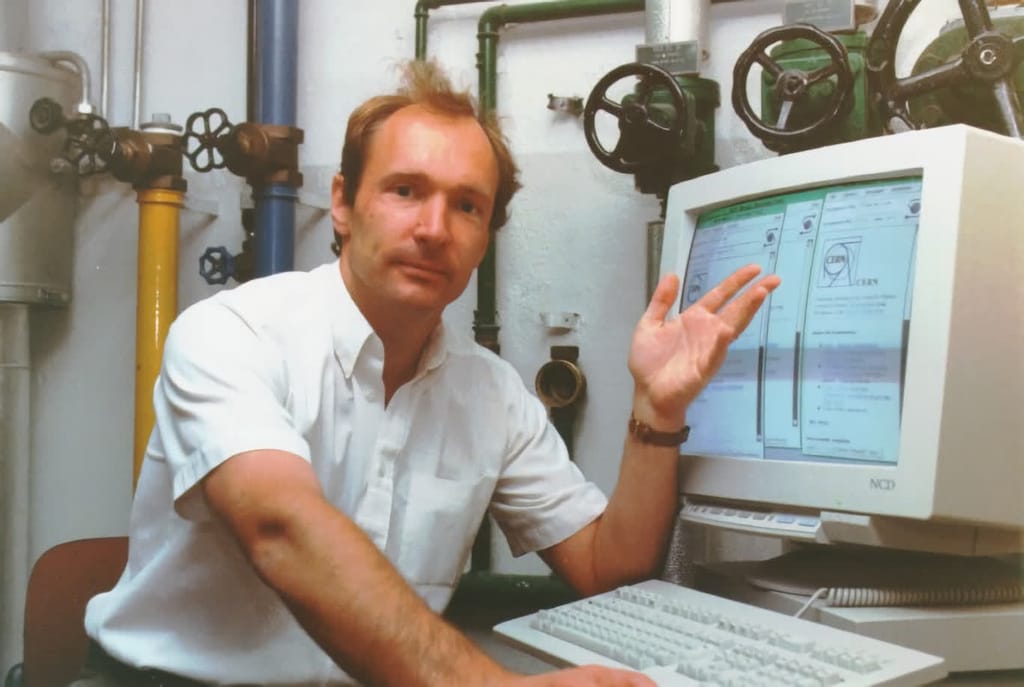
Tim Bernerlee’s World Wide Web source code NFT sells for a shocking price of $5.4 million. Read along to know everything about the historic NFT sale.
What is this NFT all about?
The source code for the infamous ‘World Wide Web is now a Non-fungible Token (NFT). It’s a form of crypto-asset which is one of a kind and gives the owner of a digital or physical asset. The www NFT includes the source code of the web browser and early methods used to talk via computers. Some of them are HHTP or Hypertext Transfer Protocol and HTML or HyperText Markup Language. “It’s authenticating that first code, created and then selling it as memorabilia,” stated Merav Zair, an assistant professor at the Rutgers Business School.
World Wide Web source code sale
The NFT sold on Sotheby’s on Wednesday and, actioned off for a high bid of $5.4 million. Moreover, the bid came up just 10 minutes before the time ended. The bidder is anonymous at the moment as per the website’s policy. The bidding began at $1,000. However, it changed as the week passed when the highest bid was made. “This Changed Everything.” was the only response to the turn of events. The NFT attracted a total of 51 bids. According to Sotheby’s official website, the proceeds from the sale will go towards initiatives supported by Banners-Lee.
“We couldn’t have sold this 10 years ago, but now NFTs have enabled us to do it. Previously in the history of science, you had manuscripts you could hold in your hand. As we move forward, more and more of these manuscripts are created in a digital format. It does not represent any ownership of the World Wide Web as an application.” said Cassandra Hatton, the Vice President and Global head of science and popular culture at Sotheby’s.
“It’s nice to see it sell for a value commensurate with its historic significance. It’s unbelievably important in the history of science and technology,” said Jermy Norman, a rare book and manuscript dealer based in California. Norman specializes in the history of science.
